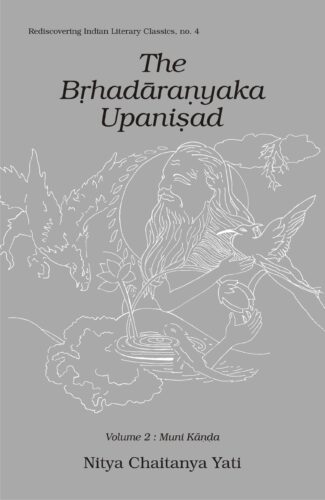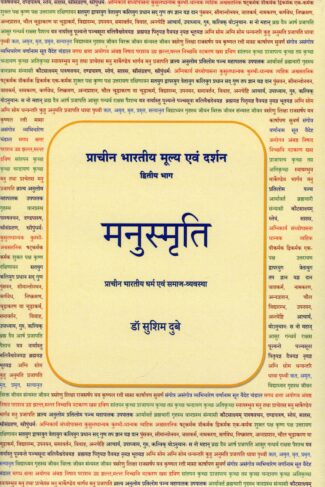

Saundaryalahariof Sa...
Saundaryalahariof Sankaracarya
(The Upsurging Billow of Beauty) by: Nataraja GuruThis detailed commentary views the Saundaryalahari compilation of 100 verses in praise of the Devi as Advaita Vedanta itself. The absolute joy of Advaita is presented in a pictorial language, subjectively as ananda, and objectively as saundarya.
Original price was: ₹1,500.00.₹1,350.00Current price is: ₹1,350.00.
ISBN: 9788124602676
Year Of Publication: 2017
Edition: 3rd
Pages : xxvi, 573
Bibliographic Details : Diagrams; Appendices; Glossary; Index; Bibliography
Language : English
Binding : Hardcover
Publisher: D.K. Printworld Pvt. Ltd.
Size: 23 cm.
Weight: 1000
The Saundaryalahari has fascinated and puzzled generations of scholars and laypersons; subject to continuing study and debate, till today, such details as the authorship of the 100 verses named the Saundaryalahari remain a matter of contention, particularly among scholars. While some attribute it to Shankara, others argue that the Saundaryalahari’s verses in praise of the Devi cannot have been authored by this staunch Vedantin; some argue that its value is essentially in the realm of what is loosely called “tantra,” while others extend the significance of the Saundaryalahari to include the preoccupations of Vedanta. Nataraja Guru is unequivocal in his belief that none other than Shankara could have composed this masterpiece of mystical poetry and identifies internal evidence in the verses themselves to support this view. The detailed commentary views the Saundaryalahari as Advaita Vedanta itself. The absolute Joy of Advaita is presented in a pictorial language, subjectively as ananda, and objectively as saundarya.
Foreword
— Swami Muni Narayana Prasad
The Structural Secrets of the Saundaryalahari
— Scott Teitsworth
Preliminaries
Generalities
Inner Space and Structuralism
Shankaras Saundaryalahari
Shankara as a Dialectical Revaluator
The Nature of the Text
Further Implications of Structural Language
Yantra, Mantra and Tantra
The Meaning of Lahari
The Alphabet of the World of Beauty
Elements of the Perceptual Components of the World of Beauty
A Word about Bindusthana
Structural Dynamism
Other Miscellaneous Ideograms
Functional Monomarks of Graded and Duplicated Divinities or Presences
A Drama Unfolding within the Self as in the Non-Self
Part I — Anandalahari
Commentary (verses 1-41)
Part II — Saundaryalahari
Commentary (verses 42-100)
Appendices
I : Saubhhagyalakshmi Upanishad
II : Yogaraja Upanishad
translations Dr. Hypatia A. Chaitanya
Glossary
Bibliography
Index
















